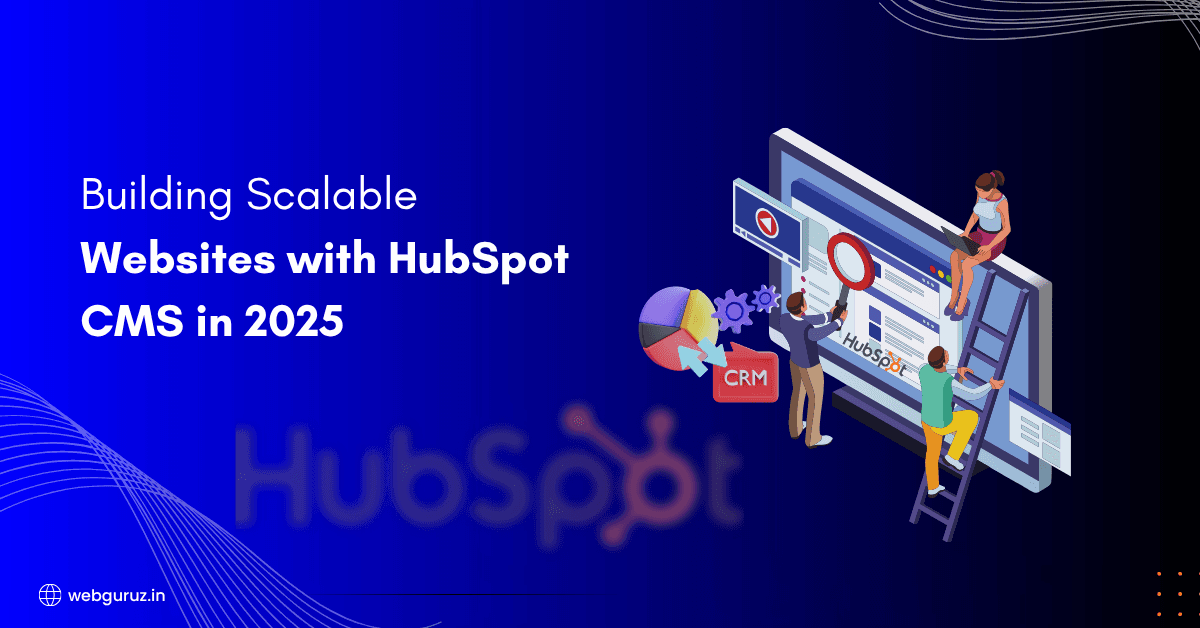Mohit Bhatt
2025-07-07
7 min read
Why Your Competitors Are Winning- And You’re Not (Hint: It’s Automation)
Picture this: You’re working 12-hour days, sending emails one by one, manually following up with leads, and still struggling to keep up. Meanwhile, your competitor just landed three new clients this week while seemingly doing half the work. …
Read More








